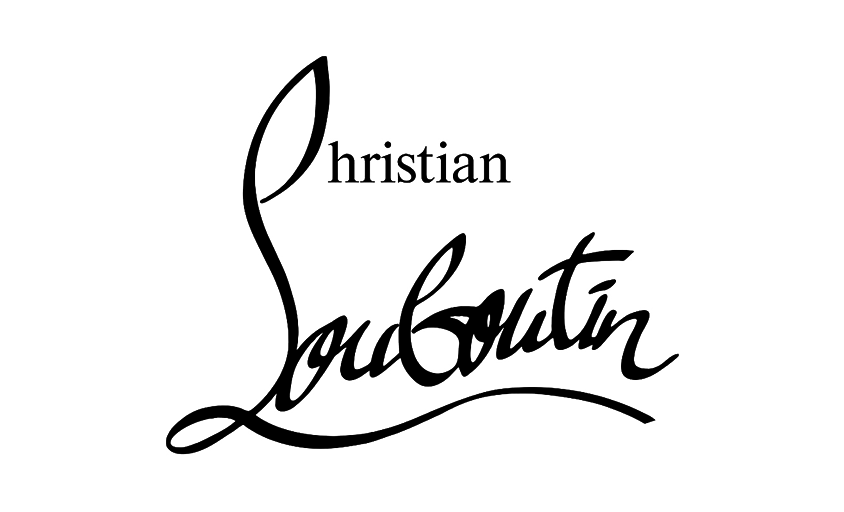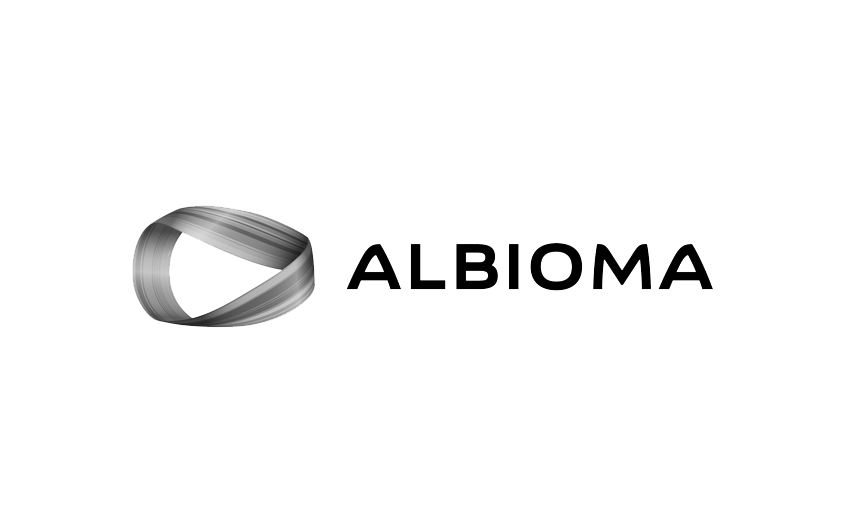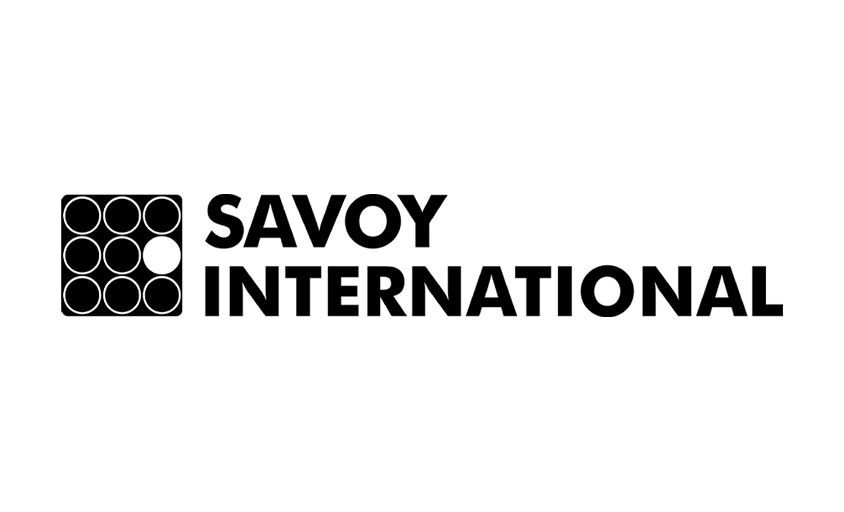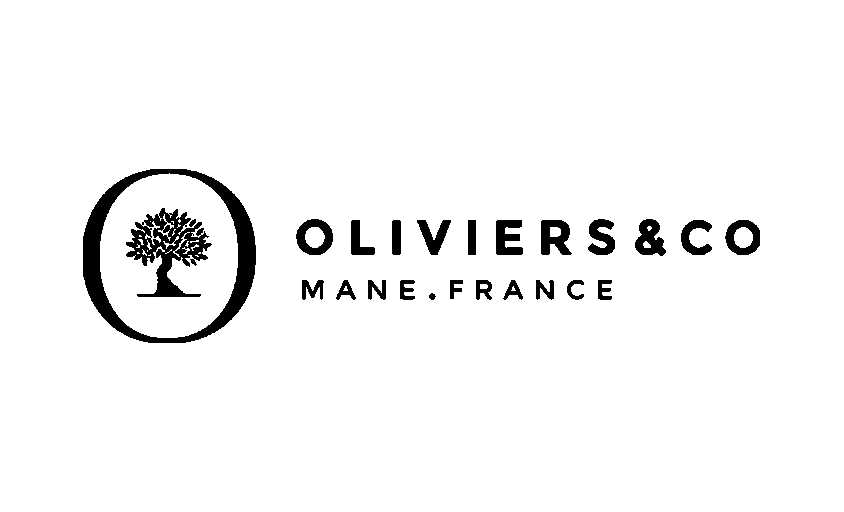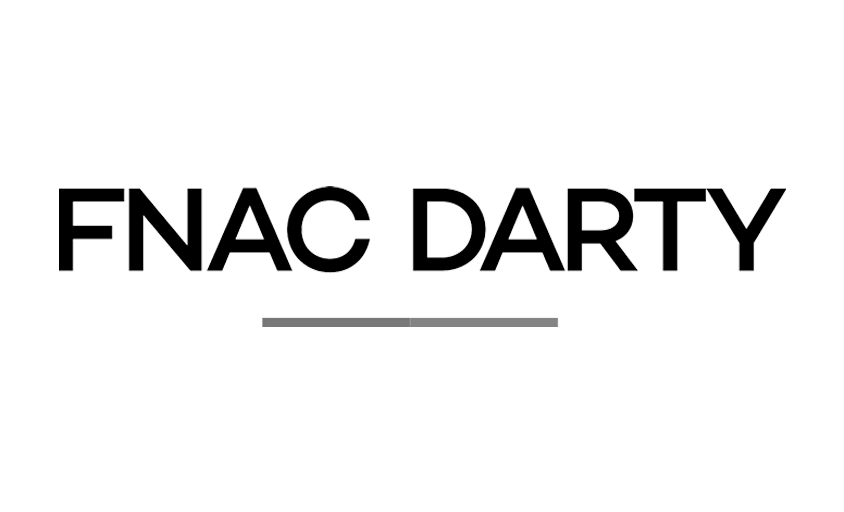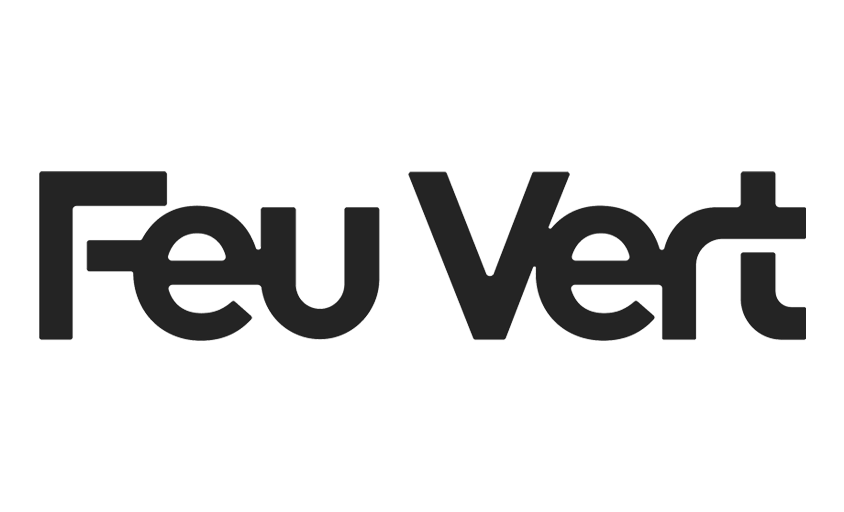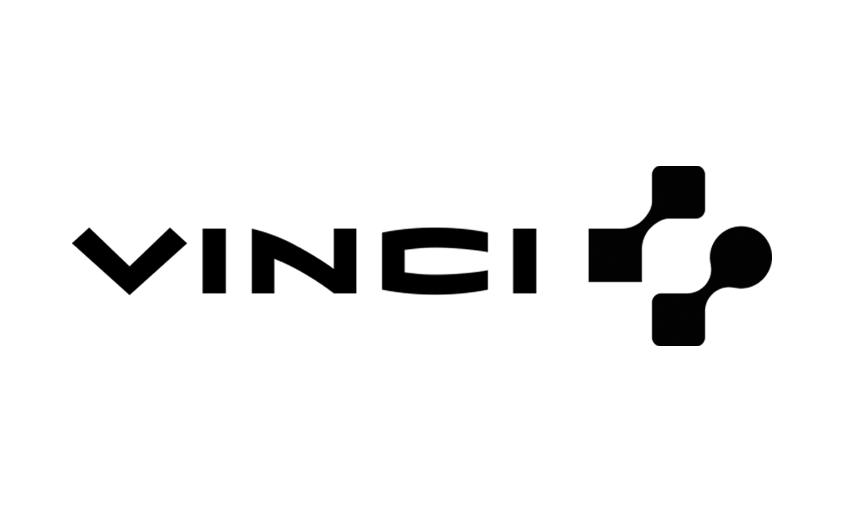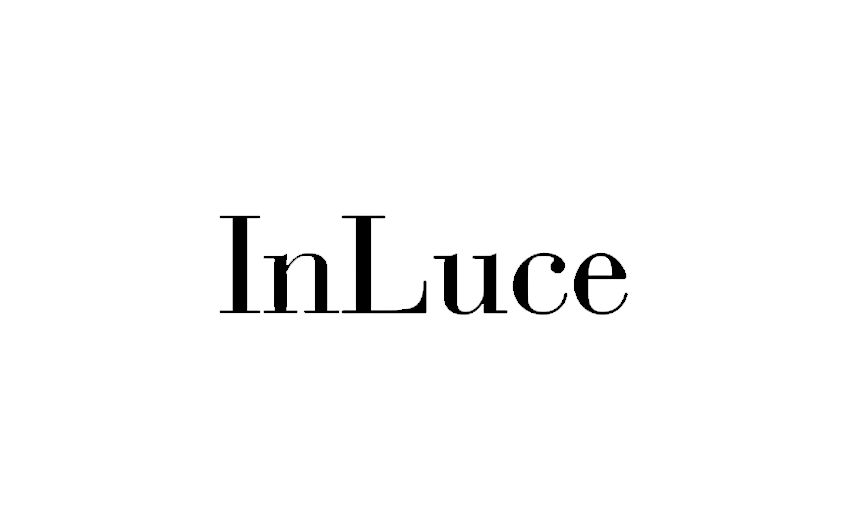Cinemagraph
In this article :
A cinemagraph is a hybrid image format, halfway between photography and video, in which most of the scene remains completely still while a subtle element loops in motion. This technique creates a captivating illusion: time appears suspended, while a discreet movement, like a piece of fabric fluttering in the wind or liquid gently rippling, draws the eye and evokes an almost magical atmosphere.
The cinemagraph was invented in 2011 by Kevin Burg and Jamie Beck (see their website), who aimed to bring their editorial photography to life. Their early works were widely shared on social media and in fashion campaigns, helping popularize this new visual format at the crossroads between animated GIFs and cinematic video.
Why use cinemagraphs?
In a world saturated with still images and fast-paced videos, the cinemagraph stands out for its ability to capture attention without distracting. Its subtle motion acts as a visual anchor: the eye is naturally drawn to the animated part, making this format particularly effective for storytelling or product showcasing.
Cinemagraphs have proven their effectiveness in advertising, branding, and digital content thanks to three major strengths:
- A distinctive aesthetic: they captivate with their graphic beauty and narrative silence.
- Emotional impact: the subtle loop evokes feelings of softness, dreaminess, or suspended time.
- Online performance: on social media, cinemagraphs often generate more engagement than a static image or even an overly dynamic video.
How to create a cinemagraph?
Creating a cinemagraph requires precise technical skills and a sharp artistic eye. Here are the essential steps:
- Video shooting: start by filming a static scene in which only one element is meant to move (for example, steam from a coffee cup or a blinking neon light).
- Choosing the key moment: identify a short sequence where the movement is smooth and repeatable.
- Masking the still areas: using software like Photoshop, After Effects, or Flixel Cinemagraph Pro, the creator selects the immobile parts of the image, which will be “frozen.”
- Seamless looping: the animated segment is then looped, sometimes with a fade, so that the beginning and end flow naturally.
- Exporting: the final file can be exported in GIF, MP4, or HTML5 format, depending on the intended use (web, social media, digital display…).
Concrete applications of cinemagraphs
Cinemagraphs naturally find their place in fields where visual impact is crucial. Their ability to capture attention without being intrusive makes them a valuable asset in the following contexts:
Advertising and digital marketing
Brands use cinemagraphs to highlight a product or atmosphere, often within social media campaigns, web banners, or marketing emails. The subtle motion acts as a visual call-to-action, increasing click rates or time spent on the page, without requiring sound or active playback. For example, a perfume where only the smoke rises slowly in a static environment creates a luxurious, memorable, and distinctive atmosphere.
Social media
In feeds saturated with content, a well-designed cinemagraph can stop the scroll. Their short, lightweight, and aesthetic format makes them particularly suited to Instagram, Facebook, TikTok, or Pinterest. Some platforms, like Instagram Stories or Reels, even include features allowing these formats to be published as short looping videos.
Digital art and contemporary photography
Cinemagraphs open a new field of experimentation for visual artists, offering them a way to introduce the notion of duration and movement into their still works. They blur the boundaries between photo and video, frozen and animated, present and suspended.
Web design & user experience
Some websites incorporate cinemagraphs as animated backgrounds or interactive decorative elements. They enrich the visual atmosphere without compromising readability or navigation. The effect is often more elegant than a full-screen video and less static than a photo.
Famous examples of cinemagraphs
Here are some iconic cinemagraphs or remarkable campaigns that brilliantly use this format:
-
Netflix – “House of Cards”
For the promotion of the series, Netflix used a cinemagraph showing Frank Underwood (Kevin Spacey) in a fixed shot, while an American flag slowly waved behind him. A powerful effect evoking the character’s silent power. - Flixel x Coca-Cola
The brand collaborated with the Flixel platform to create advertising cinemagraphs featuring Coca-Cola bottles with animated bubbles, while the rest of the scene remained frozen. The result: a fresh, summery, and very engaging atmosphere.
Unique advantages of cinemagraphs
Cinemagraphs are not only appealing for their aesthetics: they possess intrinsic qualities that make them particularly effective in a digital environment dominated by visuals.
- Extended attention span
Unlike static images, cinemagraphs attract and hold the viewer’s attention longer. The repetitive and subtle movement intrigues and encourages observing the scene until the subtle change is perceived, increasing content visibility time.
- Strong emotional impact
The contrast between stillness and movement creates a hypnotic effect that enhances the atmosphere or emotion conveyed. It is not animation for animation’s sake: when used well, a cinemagraph can amplify a feeling of calm, mystery, warmth, or tension in a fraction of a second.
- Lightweight and easy distribution
Technically, a cinemagraph can be exported as .gif, .mp4, or even .webp. This allows it to be easily integrated into websites, newsletters, or social media, without harming loading times or requiring a video player.
Challenges in creating cinemagraphs
Despite its many advantages, creating a good cinemagraph is not improvisational. Here are the main challenges a creator must face:
- Stable and controlled shooting
The success of a cinemagraph often relies on perfectly stable shooting, using a tripod, constant lighting, and minimal background disturbances. A slight shake or lighting change can compromise the entire result.
- Seamless looping
The animated movement must repeat flawlessly, requiring meticulous work on the loop’s start and end points. Poor looping can break the illusion of continuity and ruin the visual effect.
- Choosing the right moment
A movement that is both simple and evocative must be selected. A curtain gently dancing, a strand of hair blowing in the wind, or lightly steaming coffee… often the most subtle details produce the most striking effect.
Conclusion
At the crossroads of photography and video, the cinemagraph establishes itself as a powerful, aesthetic, and captivating visual storytelling tool. In a world saturated with images and videos, it offers an elegant alternative to stand out, surprise, and evoke emotion.
Whether for an original marketing campaign, an immersive website, or an artistic work, the cinemagraph opens up a new field of creativity. It takes just a breath, a flutter, or a movement frozen in time to tell a story… differently.
Jérémy Carlo is the editorial director at Rétines, where he ensures the consistency and clarity of all content produced by the studio.
Our Clients
Let’s discuss
What we do for you at Rétines
Meticulous work, an organised project and fast delivery. And to achieve this, we mobilise the right resources in our teams at the right time.
01
Pre-production
Artistic and technical direction tailored to the project.
Relevant recommendations on content, form and resources.
02
Photo Shooting
Photos taken by our experienced photographers.
Production that’s controlled, efficient and tailored to the needs of the project, with nothing superfluous.
03
Retouching
Technique
Photographs magnified by our retouching team.
Post-production to meet the commercial challenges of the brief.

